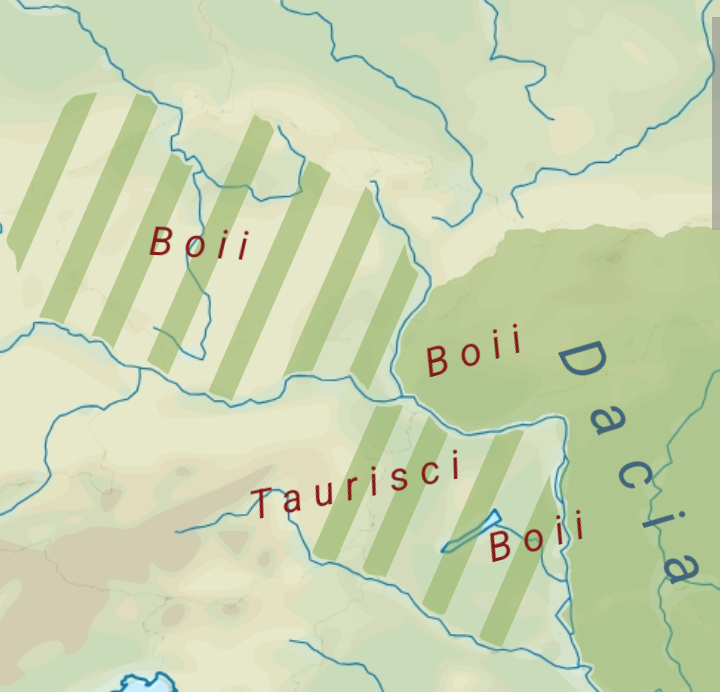|
Southern Pannonia (other)
Southern Pannonia may refer to: * in geography, southern regions of the Pannonian Basin * in ancient history, southern regions of the Roman Province of Pannonia, including: ** late Roman Province of Pannonia Savia, and ** late Roman Province of Pannonia Secunda Pannonia Secunda was one of the provinces of the Roman Empire. It was formed in 296 AD, during the reign of Emperor Diocletian. The capital of the province was Sirmium (today Sremska Mitrovica). Pannonia Secunda comprised parts of present-day Serb ... * in medieval history, early medieval Slavic Principality of Lower Pannonia (Pannonia inferior) and the Balaton Principality See also * Northern Pannonia (other) {{disambiguation ... [...More Info...] [...Related Items...] OR: [Wikipedia] [Google] [Baidu] |
Pannonian Basin
The Pannonian Basin, with the term Carpathian Basin being sometimes preferred in Hungarian literature, is a large sedimentary basin situated in southeastern Central Europe. After the Treaty of Trianon following World War I, the geomorphological term Pannonian Plain was also used for roughly the same region, referring to the lowlands in the area occupied by the Pannonian Sea during the Pliocene Epoch, however some consider the term "Pannonian Plain" not only unhistorical but also topologically erroneous. Terminology The term Pannonian Plain refers to the lowland parts of the Pannonian Basin as well as those of some adjoining regions like Lower Austria, Moravia, and Silesia (Czech Republic and Poland). The lands adjoining the plain proper are sometimes also called ''peri-Pannonian''. In English language, the terms "Pannonian Basin" and "Carpathian Basin" may sometimes be used synonymously, although the latter holds an irredentist Hungarian connotation. The name "Pannon ... [...More Info...] [...Related Items...] OR: [Wikipedia] [Google] [Baidu] |
Pannonia
Pannonia (, ) was a Roman province, province of the Roman Empire bounded on the north and east by the Danube, on the west by Noricum and upper Roman Italy, Italy, and on the southward by Dalmatia (Roman province), Dalmatia and upper Moesia. It included the modern regions western Hungary, western Slovakia, eastern Austria, northern Croatia, north-western Serbia, northern Slovenia, and northern Bosnia and Herzegovina. Background In the Early Iron Age, Transdanubia was inhabited by the Pannonians or Pannonii, a collection of Illyrians, Illyrian tribes. The Celts invaded in the Late Iron Age and Gallo-Roman culture, Gallo-Roman historian Pompeius Trogus writes that the Celts were met with heavy resistance from the locals and were not able to overrun the southern part of Transdanubia. Some tribes advanced as far as Delphi, with the Scordisci settling in Syrmia (279 BC) upon being forced to withdraw. The arrival of the Celts in Transdanubia disrupted the flow of amber from the Balti ... [...More Info...] [...Related Items...] OR: [Wikipedia] [Google] [Baidu] |
Pannonia Savia
Pannonia Savia or simply Savia, also known as Pannonia Ripariensis, was a Late Roman province. It was formed in the year 295, during the Tetrarchy reform of Roman emperor Diocletian, and assigned to the civil diocese of Pannonia, which was attached in the fourth century to the Praetorian prefecture of Illyricum, and later to the Praetorian prefecture of Italy. During the 4th and 5th centuries, the province was raided several times, by migrating peoples, including Huns and Goths. In the 490s, it became part of the Ostrogothic Kingdom. The capital of the province was Siscia (today Sisak). Pannonia Savia included parts of present-day Croatia, Slovenia and Bosnia and Herzegovina. See also * Pannonia * Roman provinces * Roman Empire The Roman Empire ruled the Mediterranean and much of Europe, Western Asia and North Africa. The Roman people, Romans conquered most of this during the Roman Republic, Republic, and it was ruled by emperors following Octavian's assumption of ... [...More Info...] [...Related Items...] OR: [Wikipedia] [Google] [Baidu] |
Pannonia Secunda
Pannonia Secunda was one of the provinces of the Roman Empire. It was formed in 296 AD, during the reign of Emperor Diocletian. The capital of the province was Sirmium (today Sremska Mitrovica). Pannonia Secunda comprised parts of present-day Serbia, Croatia, and Bosnia and Herzegovina. History Prior to the establishment of this province, its territory was part of the province of Pannonia Inferior. In 296 AD, Pannonia Inferior was divided into two separate provinces: Pannonia Secunda in the south and Pannonia Valeria in the north. The River Drava served as the border between the two newly created provinces. The capital of Pannonia Secunda, Sirmium, held a prestigious status as one of the four capitals of the Roman Empire. Notably, several Roman emperors were born in or near this city, highlighting its significance in the empire's history. In 314 AD, a pivotal battle took place between two rival claimants to the imperial throne, Constantine the Great and Licinius, in the provinc ... [...More Info...] [...Related Items...] OR: [Wikipedia] [Google] [Baidu] |
Pannonian Slavs
Early Slavs settled in the eastern and southern parts of the former Roman province of Pannonia. The term ''Lower Pannonia'', was used to designate those areas of the Pannonian Plain that lie to the east and south of the river Rába, with the division into ''Upper'' and ''Lower'' inherited from the Roman terminology. From the middle of the 6th to the end of the 8th century, the region was under the domination of the Avars, while the Slavic inhabitants lived under Avar rule. By the beginning of the 9th century, after Avar Wars, that state was destroyed and replaced by the supreme rule of the Frankish Empire, which lasted until the Magyar conquest (c. 900). During the Frankish period, the region of Lower Pannonia was governed by local Slavic rulers, who were under the suzerainty of Frankish kings. Within the Frankish administrative system, the March of Pannonia was created, with direct Frankish rule exercised in ''Upper Pannonia'' through Frankish counts, while ''Lower Panno ... [...More Info...] [...Related Items...] OR: [Wikipedia] [Google] [Baidu] |



